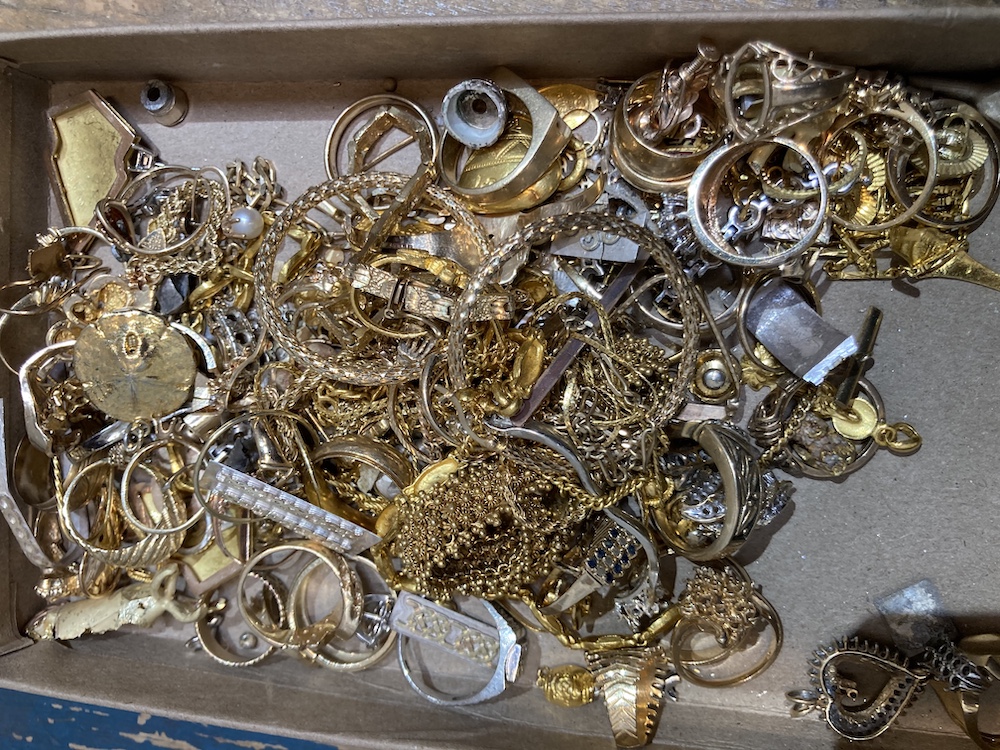In a world increasingly concerned with sustainability and ethical sourcing, the jewelry industry has faced mounting pressure to adopt eco-friendly practices. One such practice often touted by jewelry brands is the use of recycled gold. But is Recycled Gold in Jewellery Is a lie truly as ethical and sustainable as it’s claimed to be? In this article, we’ll delve into the complexities of recycled gold, uncovering the truths and dispelling the myths.
Table of Contents
Understanding Recycled Gold: The Process and Promise
1. The Process of Recycled Gold Refinement
- Melting and Purification: Recycled gold starts its journey by being melted down and purified to remove impurities.
- Alloying: After purification, the gold may be mixed with other metals to create alloys of different colors and karats.
- Casting: Once alloyed, the gold is cast into various jewelry pieces, ready to adorn eager customers.
2. The Promise of Ethical Sourcing
- Environmental Benefits: Recycling gold is often hailed as an environmentally friendly alternative to mining, reducing the need for destructive mining practices.
- Ethical Considerations: Brands emphasize the ethical implications of using recycled gold, claiming it reduces the demand for newly mined gold, which can be linked to unethical labor practices.
Debunking the Myth: Is Recycled Gold Truly Ethical?
1. The Reality of Recycled Gold Sourcing
- Limited Supply: Despite its growing popularity, the supply of recycled gold remains limited compared to the vast demand for gold jewelry worldwide.
- Complex Supply Chains: Tracing the origin of recycled gold can be challenging, leading to uncertainties regarding its true ethical and sustainable credentials.
- Indirect Support of Mining: Critics argue that by perpetuating the demand for gold, even recycled, jewelry brands indirectly support the mining industry and its associated environmental and social issues.
2. Greenwashing in the Jewelry Industry
- Misleading Marketing: Some jewelry brands may exaggerate the environmental benefits of recycled gold, using it as a marketing ploy to attract eco-conscious consumers.
- Lack of Transparency: The jewelry industry as a whole lacks transparency in its sourcing practices, making it difficult for consumers to make informed decisions about the jewelry they purchase.
The Ethical Dilemma: Balancing Sustainability and Style
1. Consumer Awareness and Empowerment
- Educating Consumers: Empowering consumers with knowledge about the jewelry industry’s practices can enable them to make more ethical purchasing decisions.
- Demand for Transparency: Consumers increasingly demand transparency from jewelry brands regarding their sourcing and production processes.
2. Seeking Sustainable Alternatives
- Emerging Trends: The rise of lab-grown diamonds and other sustainable alternatives signals a shift towards more environmentally friendly practices in the jewelry industry.
- Collaborative Efforts: Industry collaborations and certifications aim to set standards for ethical and sustainable jewelry production, guiding both brands and consumers towards more responsible choices.
Conclusion: Navigating the Maze of Jewelry Sustainability
As consumers, we hold the power to drive change in the jewelry industry by questioning the status quo and demanding transparency and accountability from brands. While recycled gold may offer some benefits in terms of reducing environmental impact man made diamonds, its ethical implications remain nuanced and complex. By staying informed and advocating for sustainable alternatives, we can pave the way towards a more ethical and environmentally conscious future for jewelry consumption.
“As consumers, we have the responsibility to scrutinize the origins of the products we purchase and hold brands accountable for their claims of sustainability.”
“While recycled gold may seem like a step in the right direction, it’s essential to look beyond the surface and consider the broader implications of our purchasing decisions.”
“Let’s strive for jewelry that not only sparkles on the outside but also shines in its ethical and sustainable practices.”

